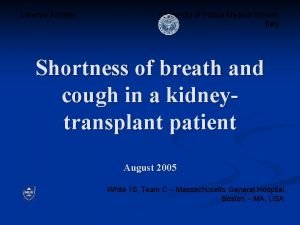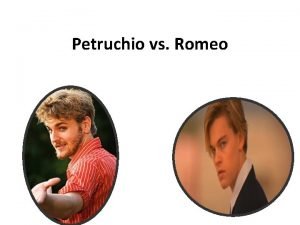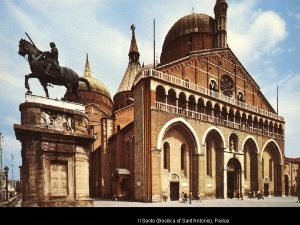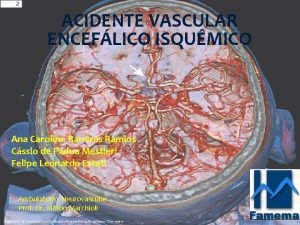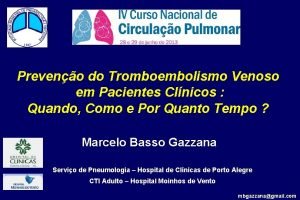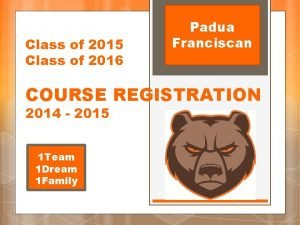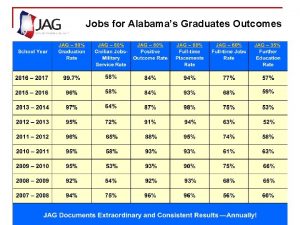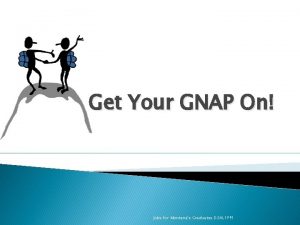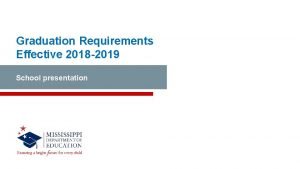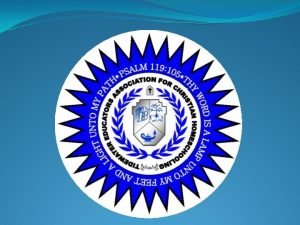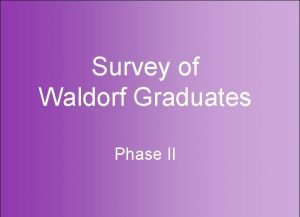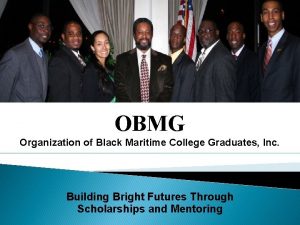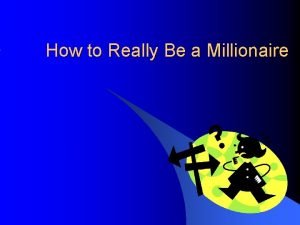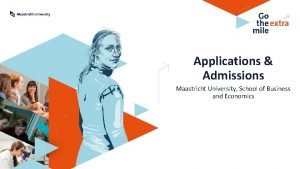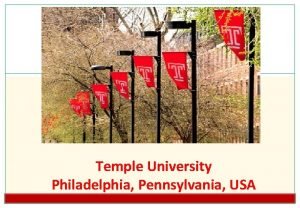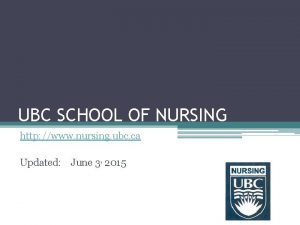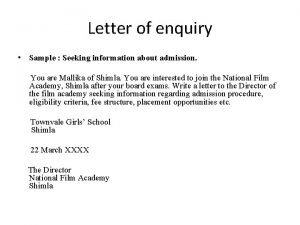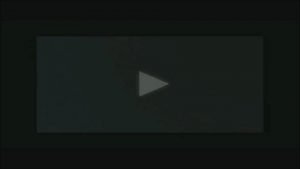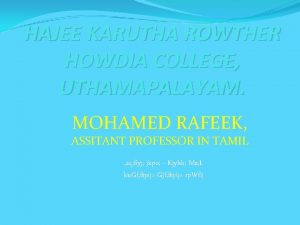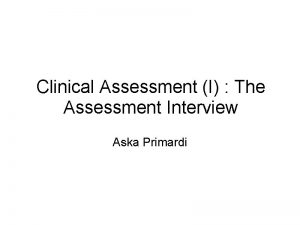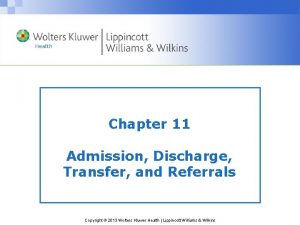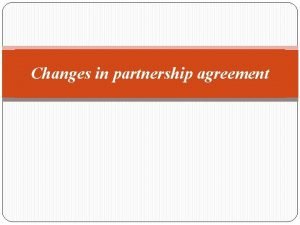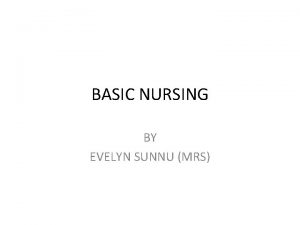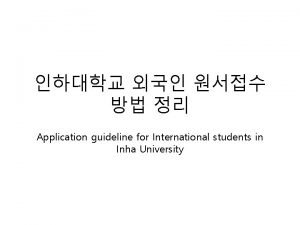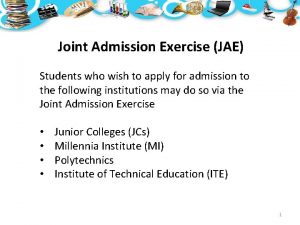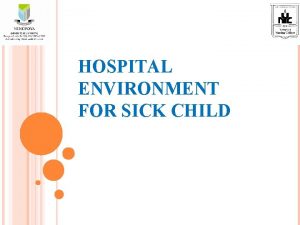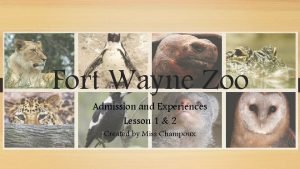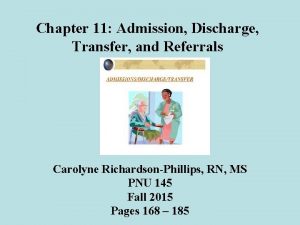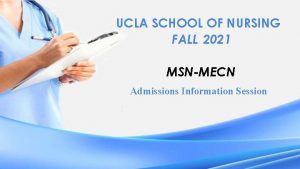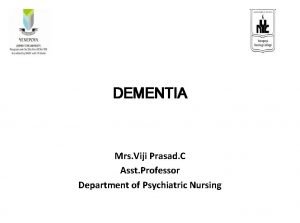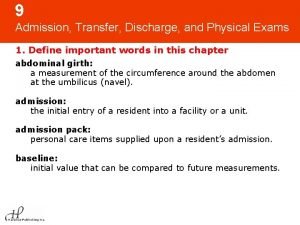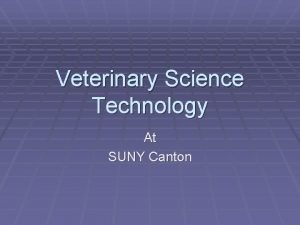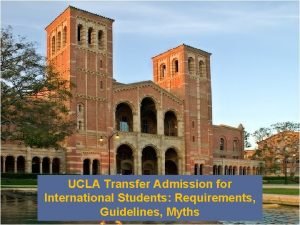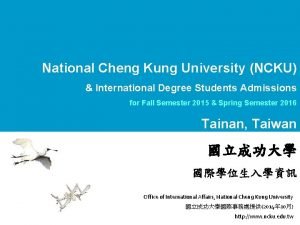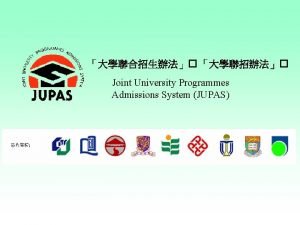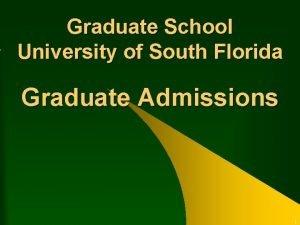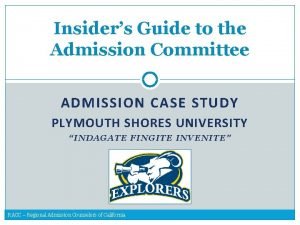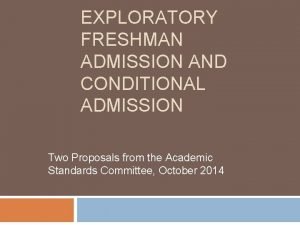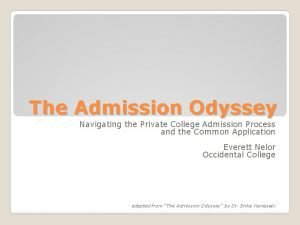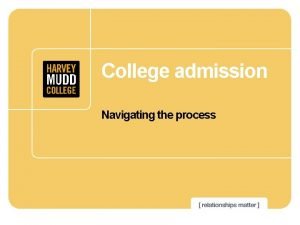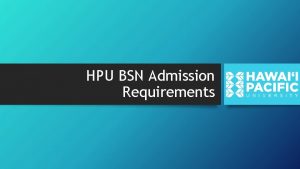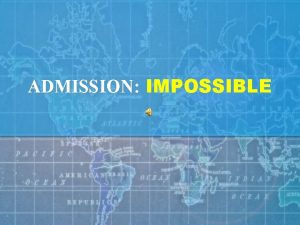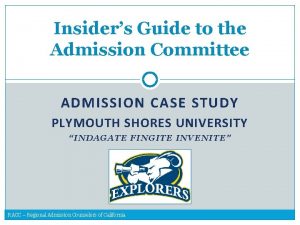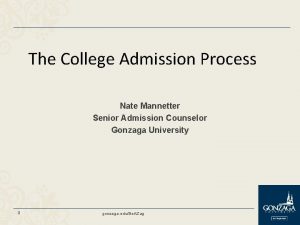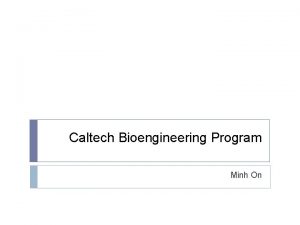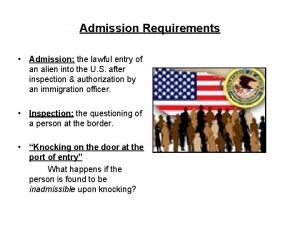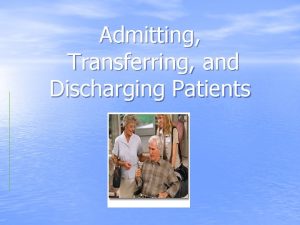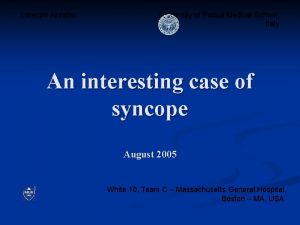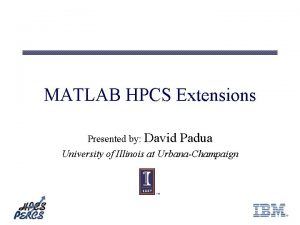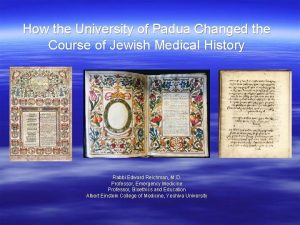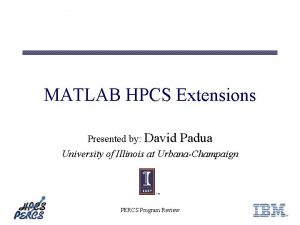University of Padua Famous Graduates Admission of Non














































- Slides: 46

University of Padua

Famous Graduates

Admission of Non Catholics

University of Padua and Anatomical Dissection

According to J. M. Levine, this illustration in the Fabrica depicts the robbing of a body from a Jewish cemetery. Lazarus Di Frigeis


H. Friedenwald, “The Jewish Medical Student of Former Days, ” Menorah Journal 7: 1 (Feb. , 1921) In Padua, the students of medicine claimed the corpses of the Jews for anatomical purposes; and often they took them forcibly from the burial-place in spite of the fact that the Jews possessed the privilege that the bodies of their dead were not to be touched. For this privilege they paid large sums.

Safeguards from Grave Robbing Guarding of Cemetaries Cecil Roth, History of the Great Synagogue (London) A mere ground-keeper was found later on to be an insufficient safeguard. It was the age of the "resurrection men", who removed recently-interred corpses and sold them to the medical schools for dissection. At the Great Synagogue, a law was passed to the effect that all members of the congregation between the ages of eighteen and seventy were to be obliged to lend their services in rotation. Each night, therefore, three of them performed this cold and rather gruesome duty, from as early as four o'clock on winter evenings to seven in the morning. At intervals, they had to ring the bell of the watch-tower to show they were alert: in some grounds, they were supposed to walk about every hour and to call "All's well" if they found nothing amiss. Among the Synagogal records there are preserved rosters of the roll of service, "for the guarding of the House of Life". It was possible to obtain exemption only on the payment of a substantial fine, of which too the records are preserved. This system continued to obtain until well on in the nineteenth century. According to the Times of February 10, 1800, the Jew A. de Matto Mocatta left 200 Guineas to have his grave in the burial ground of the Spanish and Portuguese Jews watched for twelve months.


Dissection and the Jewish Medical Student Cecil Roth, Venice (Philadelphia, JPS, 1930), 286 -287 A standing grievance of the student body against the Jewish community lay in one especial fact. Their traditional respect for the bodies of the dead made the Jews unwilling to furnish their quota of corpses to the medical school for dissection. At the time of the opening of the anatomical theater, they had obtained exemption from the duty by a considerable annual payment. Nevertheless, from the sixteenth century onwards, the students began to resent their enjoyment of this privilege. Bodies were sometimes intercepted on their way to burial; and frequently the graves in the cemetery were violated. The Senate repeatedly issued orders forbidding this disgraceful conduct, but all to no avail. The Jews were compelled to construct a secret hiding place in the Ghetto in which, in cases of necessity, the bodies could be concealed until the funeral. In 1624, a cortege was stopped in the streets and the body dragged away; and only the indignation felt by the citizens at large prevented it from being taken for dissection. In 1680, when a young Jew was murdered, there was similar trouble with regard to the body, which actually had to be rescued from the dissecting table. As late as 1721, a confirmation of the ancient Jewish immunity was required. A more comical case of kidnapping took place on one occasion in the sixteenth century. It was a year of dearth; and only one perfect citron (etrog) could be obtained in the city for the celebration of the Feast of Tabernacles. This was shared by all of the communities. One day while if was being taken from the German to the Italian synagogue, for use in divine service, it was seized by a riotous band of students, who would not restore it before they were paid an immense ransom. 10


The Medical School Diploma


Emmanual Menachem Yechiel Colli 1682 'VENICE, THE JEWS AND EUROPE' AT THE DOGE'S PALACE An exhibition dedicates to Venetian Jews and their history, on the occasion of the 500 anniversary of Venice Ghetto From 19 June to 13 November 2016

Jacob Levi 1684

Moise di Pelllegrino (AKA Moshe ben Gershon) Tilche 1687

Copilius Pictor Hebraeus(AKA as Jacob Mehler or Maler) 1695

Lazarus De Mordis 1699

Samuel Coen 1702

Cervo (Naftali) Conigliano 1743

Gravestones of the Conigliano family with the crest of a squirrel from the cemetery in the city of Conigliano

Diploma of Israel Barukh Olmo Padua 1755

Diploma of Raphael Luzzatto 1797

The Oath


Jewish physician taking oath on graduation. From Gradenigo Dolfin manuscript Venice, 1750 Museo Correr, Venice Verse from Psalms Chapter 110

Celebratory Poems In honor of Yitzchak Cantarini By Shlomo Conigliano (1664)

University of Padua

A Magnificent Decorated Seventeenth Century Celebratory Broadsheet with a Congratulatory Poem Authored by Rabbi Mordecai Ghirondi in 1836 Honoring Dr. Isaac Luzzatto [Venice, ca. 1670; Padua, 1836] We may therefore reasonably surmise that this superb seventeenth century broadsheet survived in its pristine blank central panel until Ghirondi, an assiduous collector of Hebraica and Judaica, acquired it and determined it worthy of commemorating the important milestone in the life of his highly esteemed brother-inlaw, Dr. Isaac Luzzatto.

Famous Graduates Yosef Shlomo Delmedigo (1591 - 1655) rabbi, author, physician, mathematician

Isaac Chayyim Cantarini 1644 -1723 Rabbi, physician, orator, poet, author Records the murder of Graziado Levi in 1676 and the kidnapping of his body for dissection in the University of Padua Medical School. This led to new laws protecting the bodies of of Jews after death.

Eulogy of Rabbi Moshe Chaim Luzzatto (Ramchal) for his teacher, Rabbi Dr. Isaac Cantarini

Tobias Cohen 1652 -1729 From Maaseh Tuvia, Tobias Ha. Rofeh (Venice, 1709) Tuvia needed permission from the Duke of Brandenberg to attend medical school in Germany, where Jews were banned. He ultimately left to train in Padua.

Torah U’Madda Judah Saltaro Fano Mikveh Israel (Venice, 1607) 35 a-36 b Re: Avtalion mi. Modena (uncle of Leon di. Modena) Attended both University of Padua Medical School And Yeshiva of Maharam mi. Padua

Gabriel Felix Friend of Tuvia Hebrew grammar schematic tree made by Gabriel Felix and Tobias Cohen dedicated to Freiderich Wilhelm Grand Elector of Brandenburg for the privilege of attended medical school in Germany.


Isaac Lampronti 1679 -1756 Francesco Redi 1626 -1697 Disproved Spontaneous Generation


Samson Morpurgo 1681 -1740 Medical Diploma 1700

Sotheby’s Auction House Privileges Accorded to the Heirs of Samson Morpurgo, Granted by Filippo Lancellotti, Prefect of the Apostolic Palace, Rome: 1787

Umberto Nahon Museum (Jerusalem) This papal certificate from 1794 grants certain rights to Samson Morpurgo and his heirs from Ancona. They were put in charge of all imports to the port of Ancona, with other special dispensation and privileges. At the top is the seal of the Archbishop of Guiseppe Vinci, who wrote this certificate on behalf of Pope Pius VI.

My. Heritage. com 1793

Morpurgo mentions plans to write a book on treifot, anatomy and medicine

Rabbinic ordination of Rabbi Judah Briel 1677 Rabbinic ordination of Samson Morpurgo from Rabbi Judah Breil 1709

Portrait of Morpurgo alongside portrait of David Neito

The End Questions or Comments Welcome saraneddie@optonline. net 46
 Padua university medical school
Padua university medical school Petruchio romeo and juliet
Petruchio romeo and juliet Miracle of the repentant son
Miracle of the repentant son Cassio de padua mestieri
Cassio de padua mestieri Escore de padua
Escore de padua Netclassroom padua franciscan
Netclassroom padua franciscan California medical license for foreign medical graduates
California medical license for foreign medical graduates Ap synthesis prompt
Ap synthesis prompt Jobs for america's graduates
Jobs for america's graduates Gnap greeting
Gnap greeting Presentation of graduates 2018
Presentation of graduates 2018 Inspirational letters to high school graduates
Inspirational letters to high school graduates Waldorf graduates statistics
Waldorf graduates statistics How to write a senior letter
How to write a senior letter Organization of black maritime graduates
Organization of black maritime graduates Most millionaires are college graduates
Most millionaires are college graduates Admission maastricht university
Admission maastricht university Temple university ielp
Temple university ielp Un merveilleux sauveur est christ mon seigneur lyrics
Un merveilleux sauveur est christ mon seigneur lyrics What is lyric poetry
What is lyric poetry Ubc nursing admission requirements
Ubc nursing admission requirements Seeking information letter hsc
Seeking information letter hsc Plmar criminology uniform
Plmar criminology uniform Hajee karutha rowther howdia college admission
Hajee karutha rowther howdia college admission Dsa personal statement example
Dsa personal statement example Intake-admission interview
Intake-admission interview Chapter 11 admission transfer and discharge
Chapter 11 admission transfer and discharge Admission by investment
Admission by investment Simple unoccupied bed
Simple unoccupied bed Uwayapply
Uwayapply Types of admission in nursing
Types of admission in nursing Swing bed admission checklist
Swing bed admission checklist Ung dual enrollment deadline
Ung dual enrollment deadline Joint poly admission exercise
Joint poly admission exercise Care of sick child ppt
Care of sick child ppt Fort wayne zoo admission
Fort wayne zoo admission Chapter 11 admission transfer and discharge
Chapter 11 admission transfer and discharge Chapter 9 admission transfer discharge and physical exams
Chapter 9 admission transfer discharge and physical exams Ucla admission deadline
Ucla admission deadline Tarrant county college admission requirements
Tarrant county college admission requirements Admission under reception order
Admission under reception order Admission transfer discharge and physical exams
Admission transfer discharge and physical exams Suny canton admission requirements
Suny canton admission requirements Ucla gpa requirements
Ucla gpa requirements Ncku ranking
Ncku ranking Jupas payment method
Jupas payment method Usf admission portal
Usf admission portal
